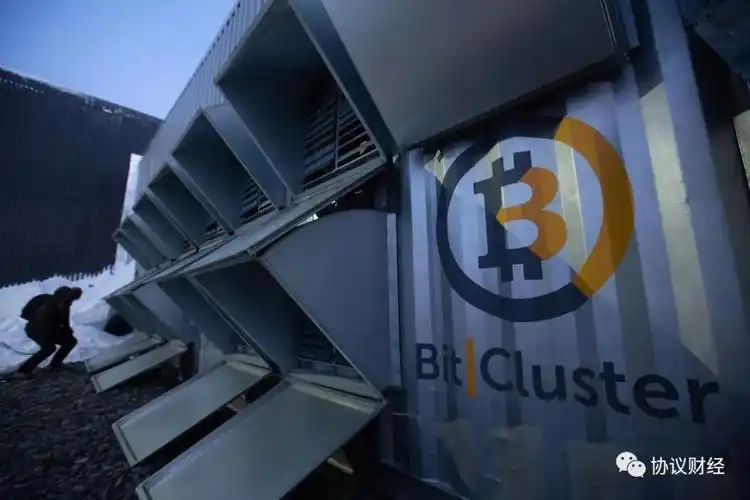The relentless hum of ASIC miners, churning through cryptographic algorithms 24/7, is the soundtrack of the modern Bitcoin mining farm. But this digital gold rush comes at a price: heat. Immense, concentrated heat that, if left unmanaged, can cripple operations, causing downtime, lost revenue, and potentially even hardware damage. For those hosting mining rigs, proactive cooling enhancements aren’t just a luxury; they’re a survival imperative.
Downtime in a mining operation is a double whammy. Firstly, it halts the flow of freshly minted Bitcoin, reducing the potential earnings for both the host and the clients. Secondly, restarting a system after a heat-related failure can be a complex and time-consuming process, further extending the period of inactivity. The cumulative effect can be devastating, particularly in a highly competitive market where every hash counts.
Traditional air cooling, while a common starting point, often proves inadequate for large-scale mining farms. The sheer volume of heat generated necessitates more sophisticated solutions. Immersion cooling, where miners are submerged in a dielectric fluid, is gaining traction due to its superior heat dissipation capabilities. This method offers several advantages: improved miner lifespan, reduced noise, and the potential for overclocking, thereby increasing hash rate. However, the initial investment and ongoing maintenance can be substantial.

Another approach involves advanced air cooling techniques, such as optimized airflow management within the facility. This might involve strategically placed fans, ductwork to channel hot air away from the miners, and the use of evaporative coolers, which can significantly lower ambient temperatures. The key is to create a dynamic system that responds to fluctuations in heat output and external environmental conditions.
Beyond the hardware itself, effective monitoring and control systems are essential. Real-time temperature sensors placed throughout the facility provide invaluable data on heat distribution and potential hotspots. This information can be used to automatically adjust cooling systems, ensuring optimal performance and preventing localized overheating. Early detection of potential issues allows for proactive intervention, minimizing the risk of downtime.
Energy efficiency is another critical consideration. The power consumed by cooling systems represents a significant portion of the overall operating cost of a mining farm. Investing in energy-efficient cooling technologies, such as variable-speed fans and smart thermostats, can significantly reduce these expenses while simultaneously minimizing the environmental impact. In some regions, utilizing waste heat recovery systems can further enhance sustainability by repurposing the excess heat for other applications, such as heating buildings or greenhouses.
The choice of cooling solution depends on several factors, including the scale of the operation, the climate, the available budget, and the specific hardware being used. A comprehensive assessment of these factors is crucial to selecting the most effective and cost-efficient cooling strategy. It’s also important to consider future scalability and the potential for upgrading the cooling system as the mining farm expands.
Preventative maintenance is paramount. Regular inspections of cooling systems, including fans, pumps, and filters, are essential to ensure their continued performance. Addressing minor issues promptly can prevent them from escalating into major problems that lead to downtime. A well-documented maintenance schedule and a trained team of technicians are crucial for maintaining a reliable and efficient mining operation.
Beyond Bitcoin, the principles of effective cooling are equally applicable to mining other cryptocurrencies like Ethereum or Dogecoin, or any other algorithm that demands significant computational power. Different algorithms may generate different heat profiles, requiring adjustments to the cooling strategy, but the fundamental goal remains the same: to maintain optimal operating temperatures and prevent downtime.
Ultimately, preventing downtime in a hosted Bitcoin mining farm is an ongoing process that requires a multifaceted approach. By investing in advanced cooling technologies, implementing robust monitoring and control systems, prioritizing energy efficiency, and adhering to a rigorous maintenance schedule, operators can significantly reduce the risk of heat-related failures and ensure the continuous flow of digital currency.

The future of crypto mining hinges on efficient and reliable infrastructure. As the difficulty of mining increases and competition intensifies, the ability to maintain uptime and optimize performance will be the key differentiator between successful and struggling mining operations. Cooling enhancements are not simply an expense; they are an investment in the long-term viability and profitability of hosted Bitcoin mining farms.
Essential cooling upgrades, from immersion systems to advanced monitoring, are critical for hosted Bitcoin farms to avoid costly downtime and maintain profitability. Innovation is key.